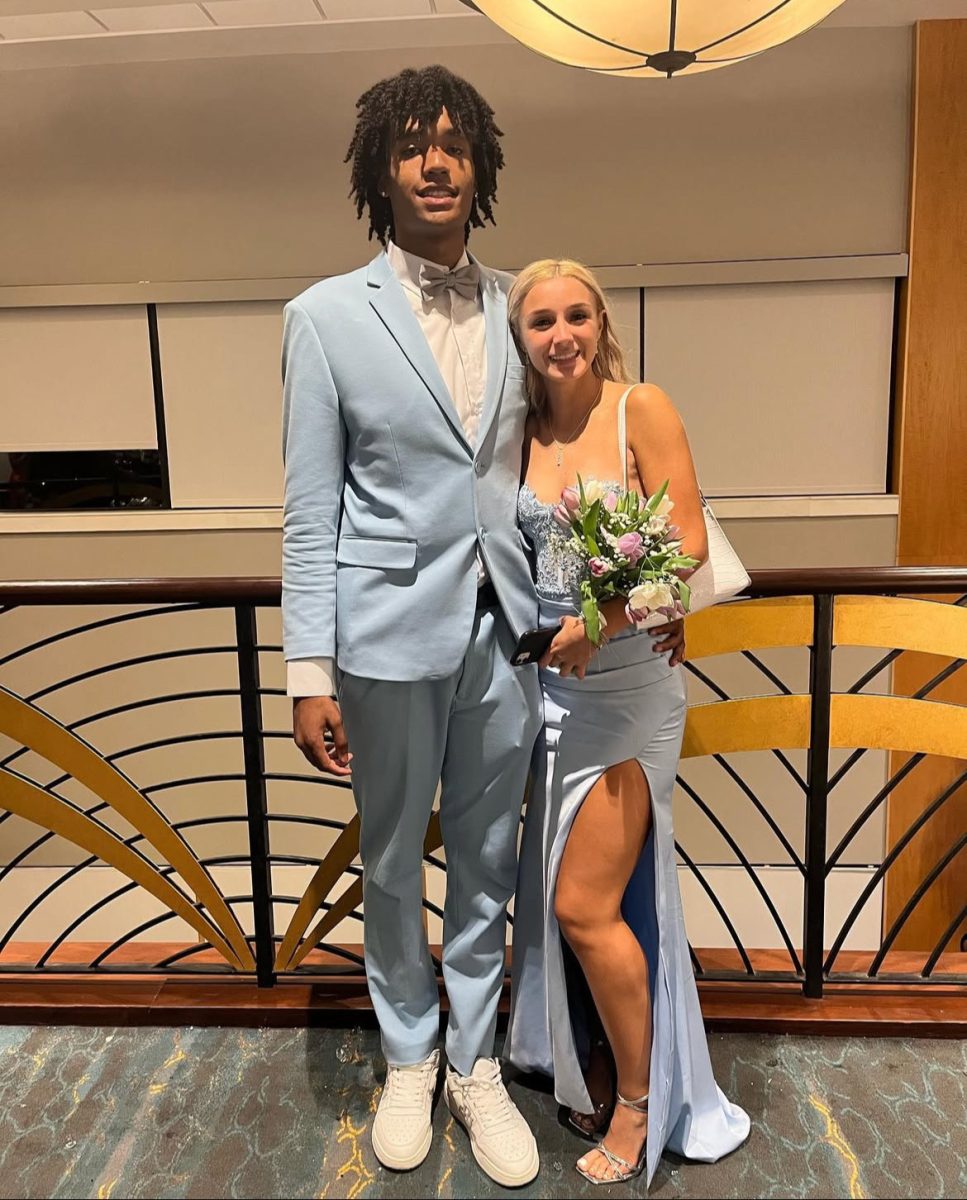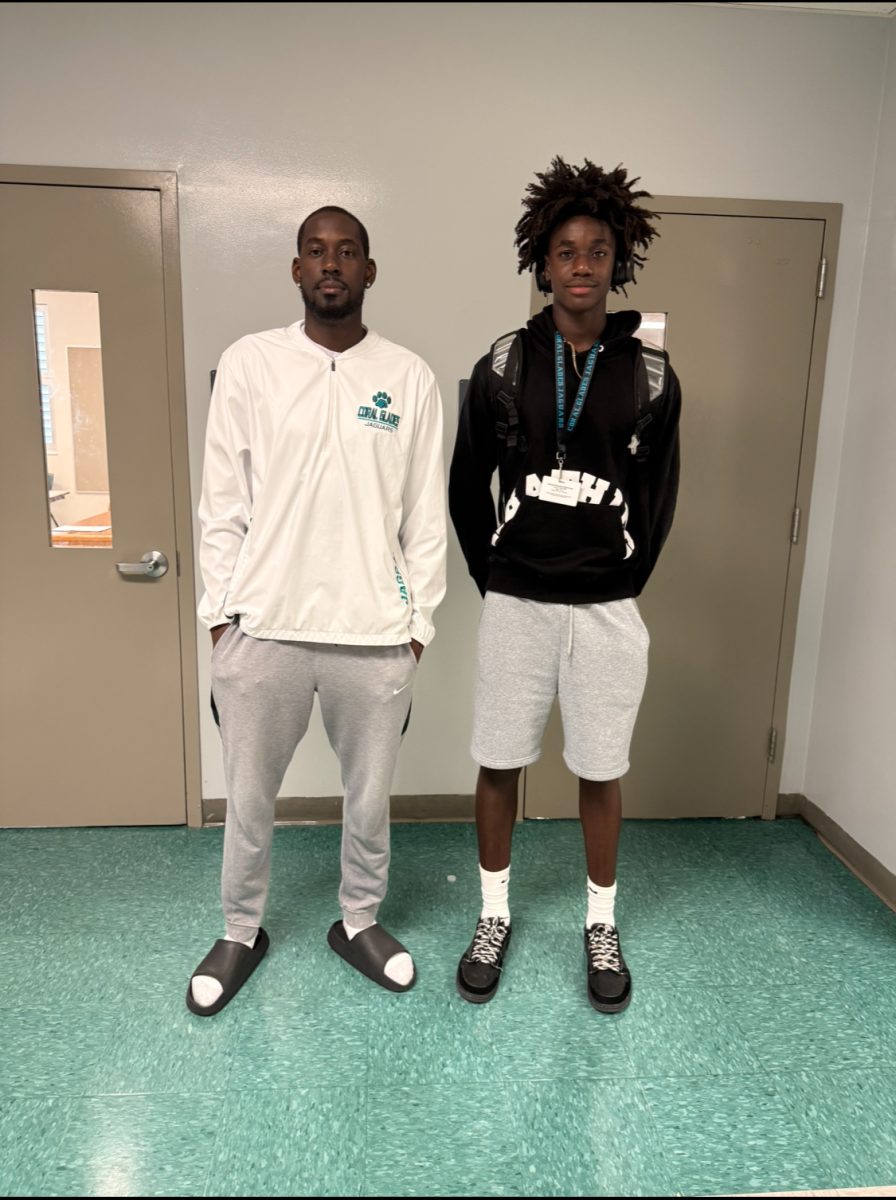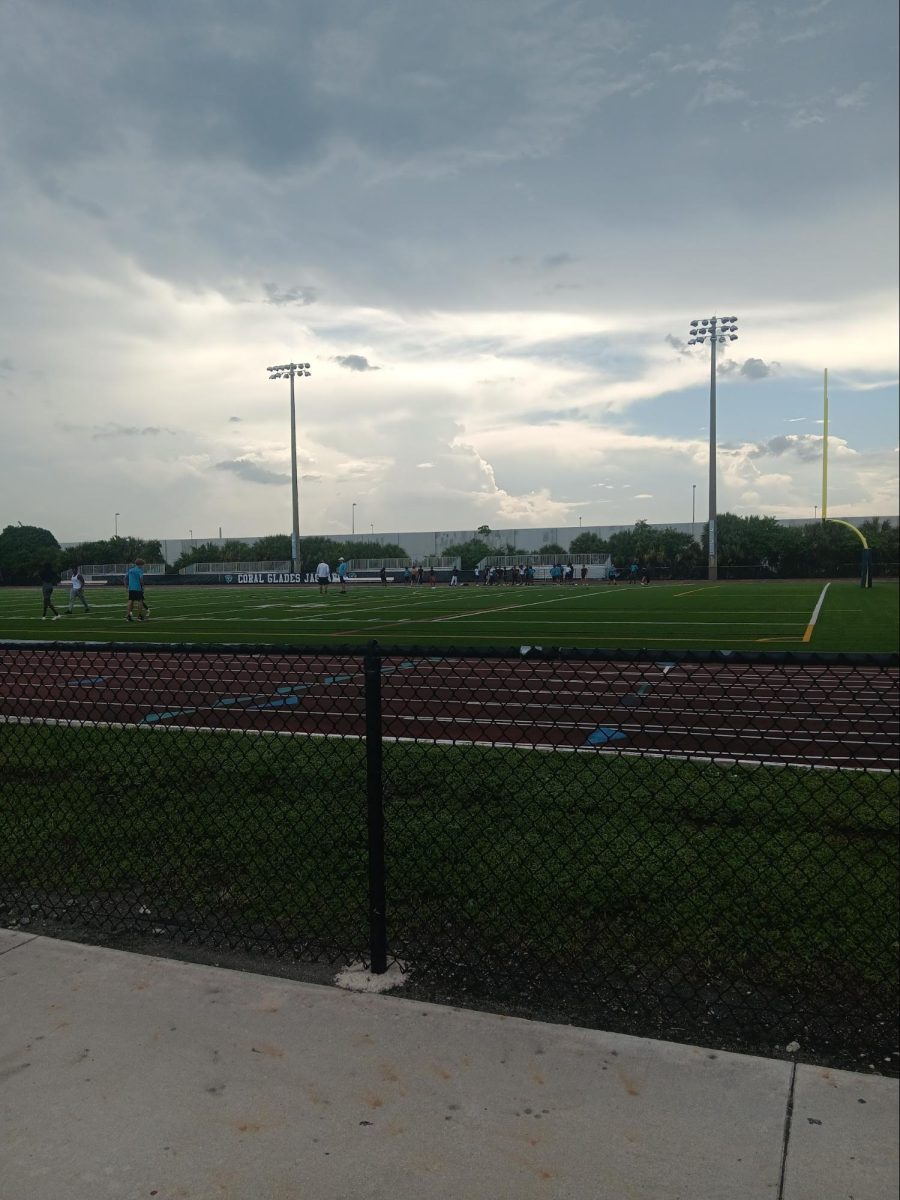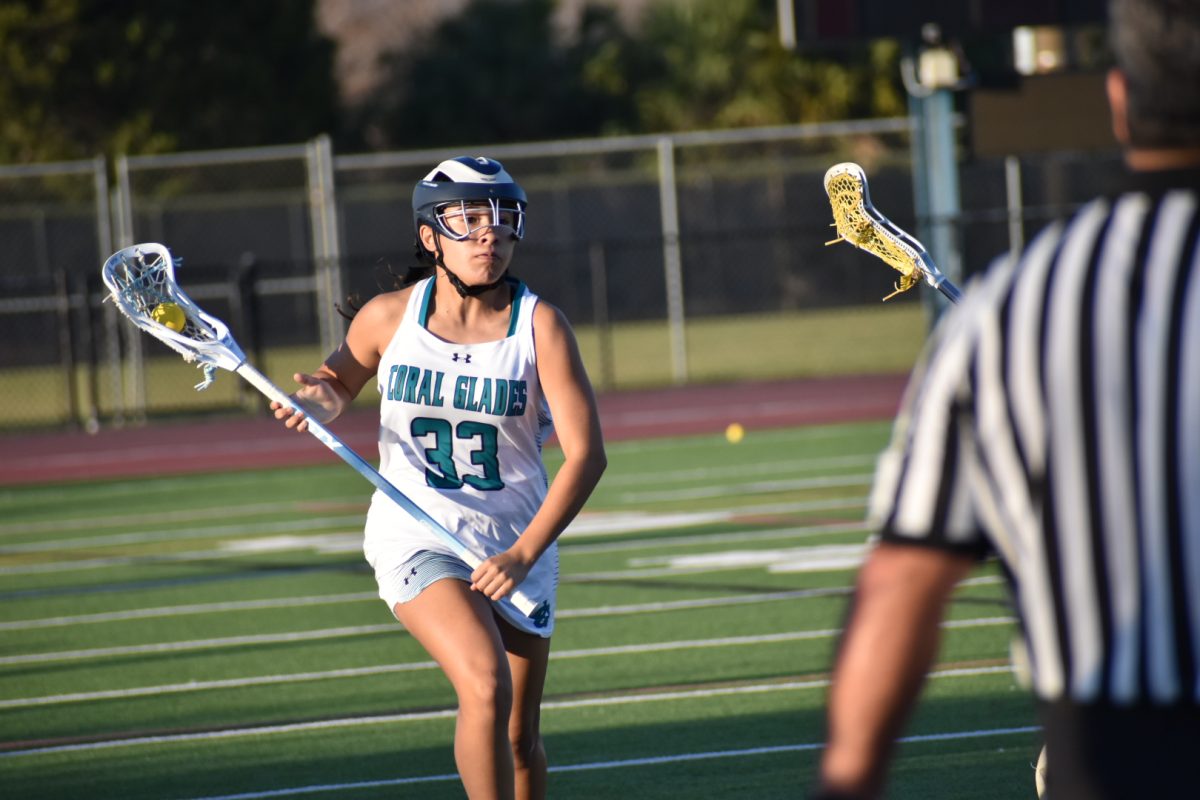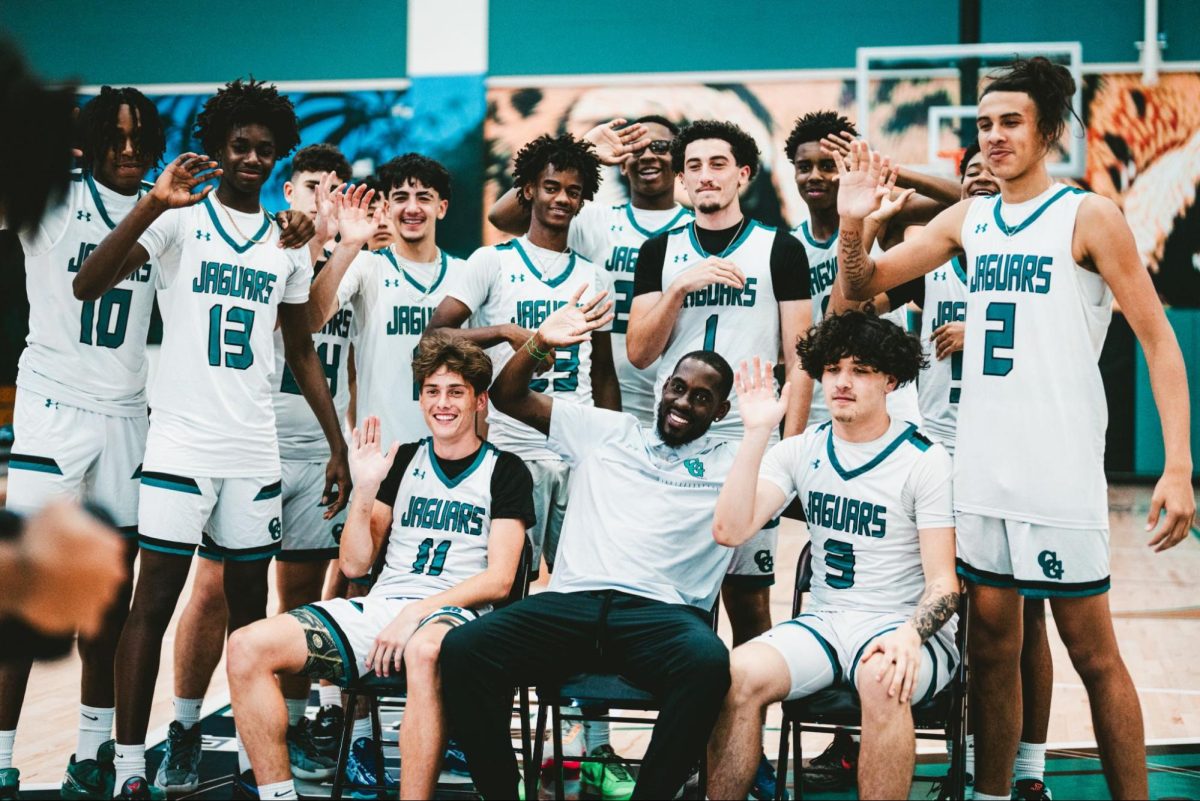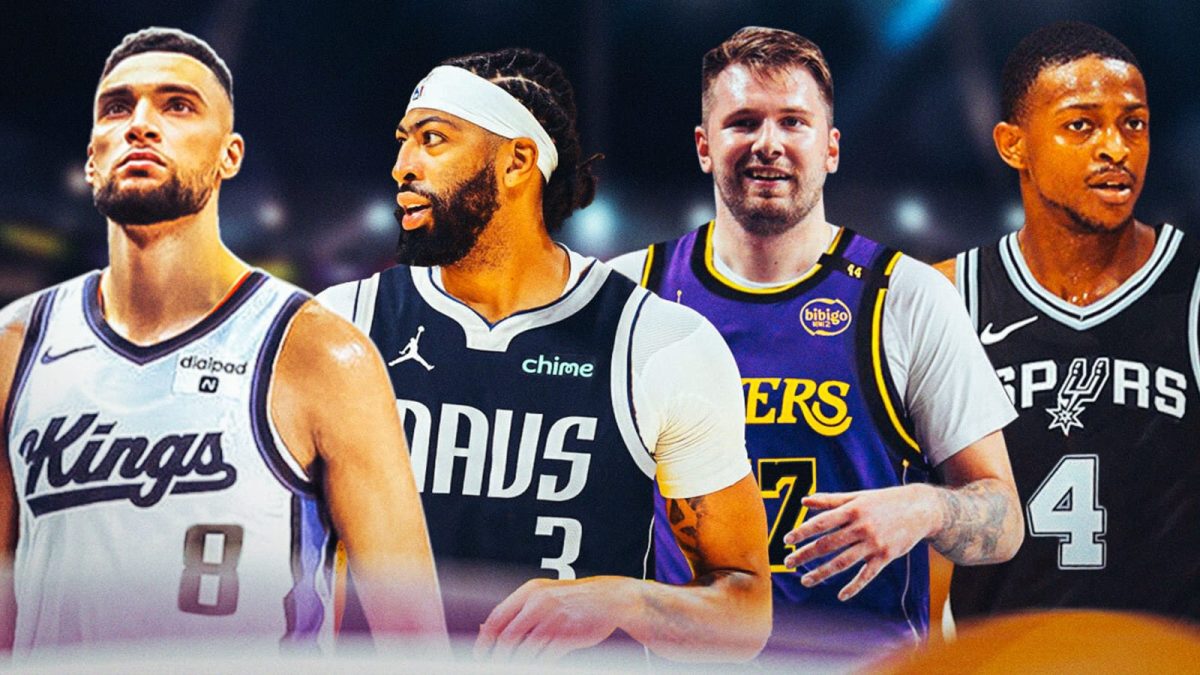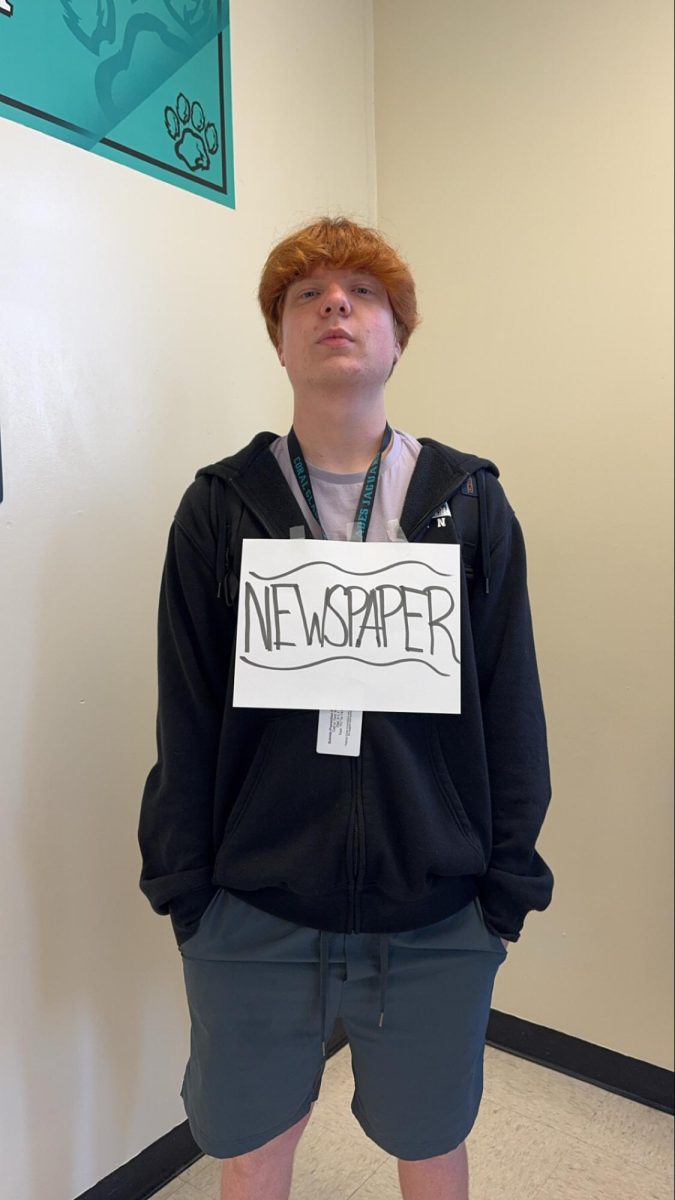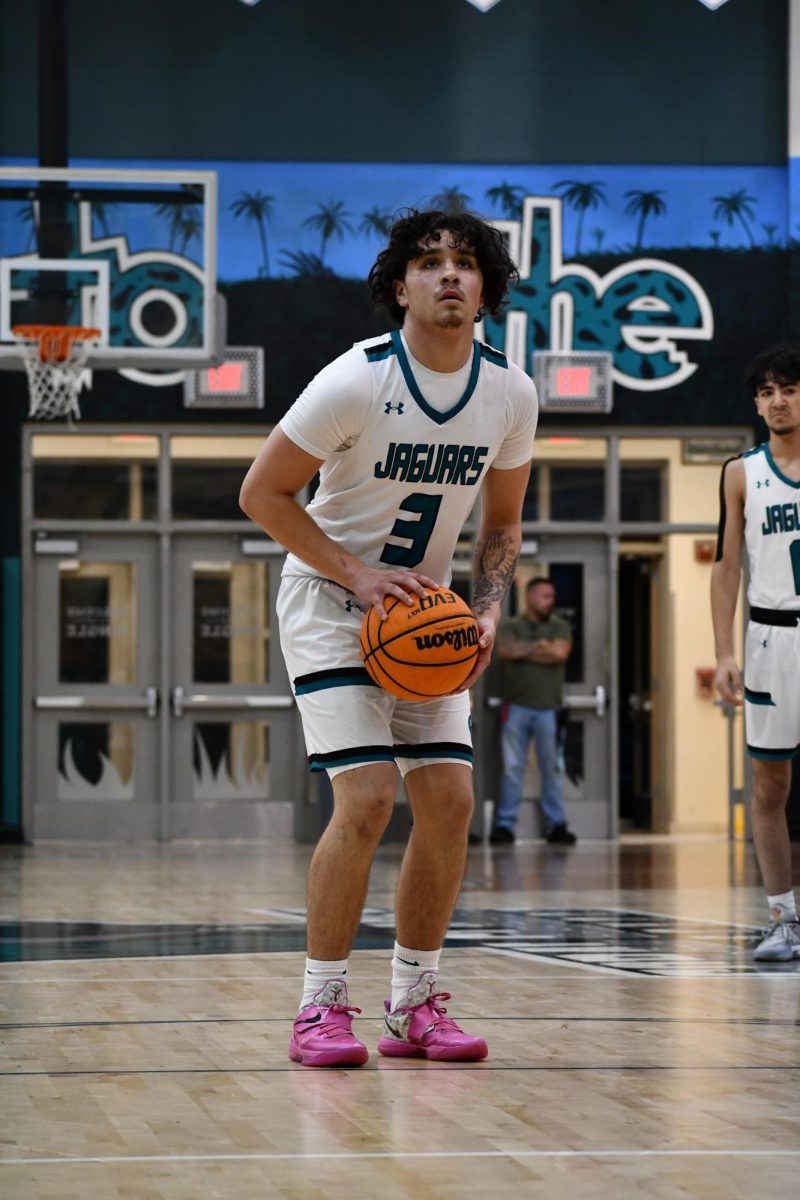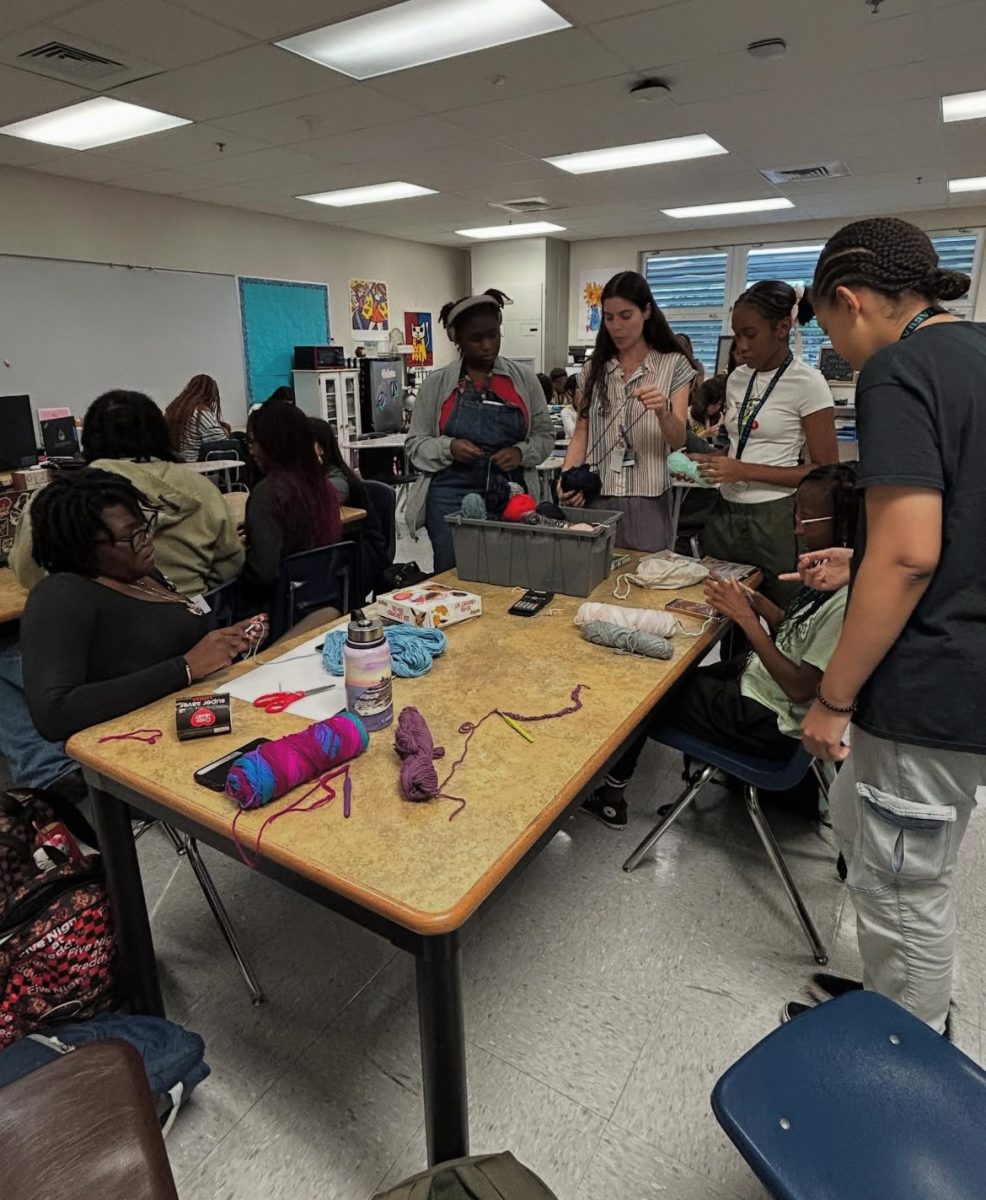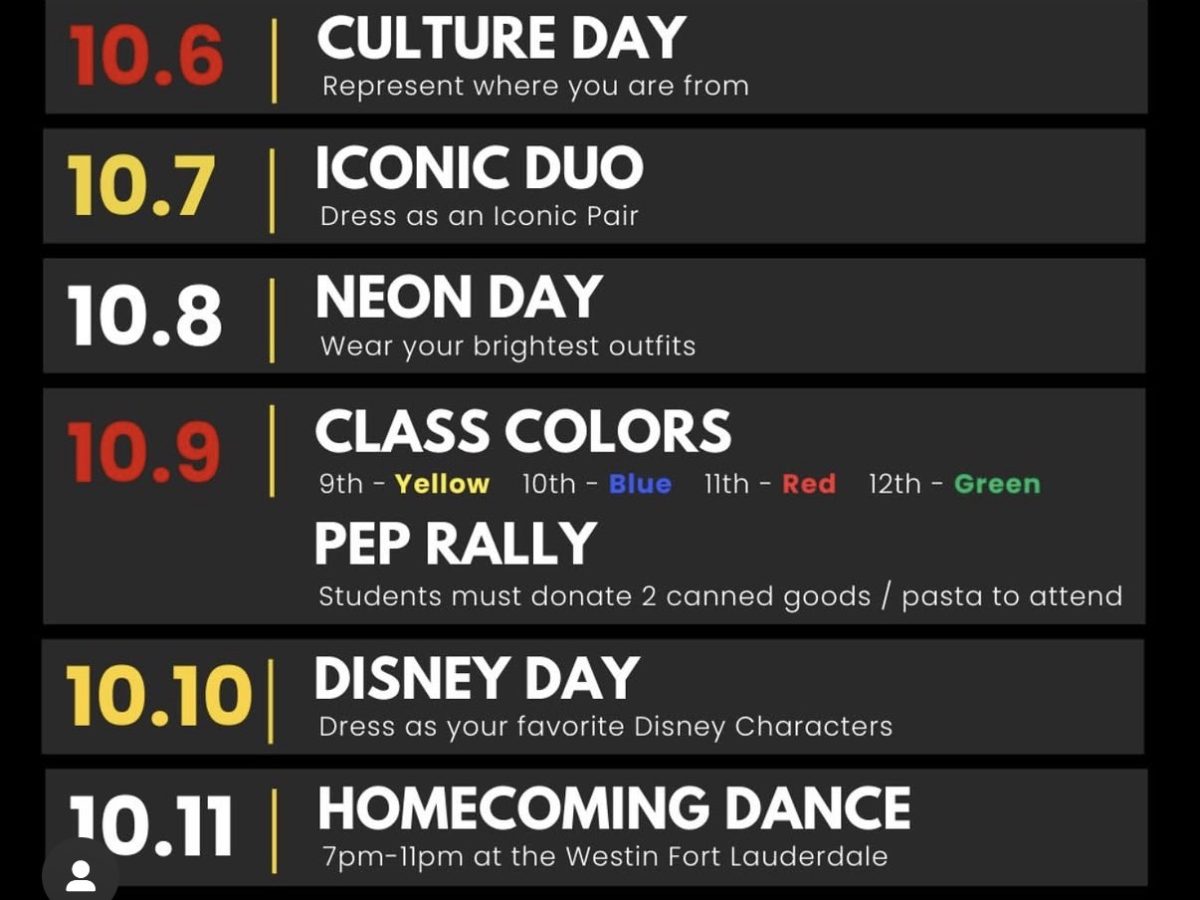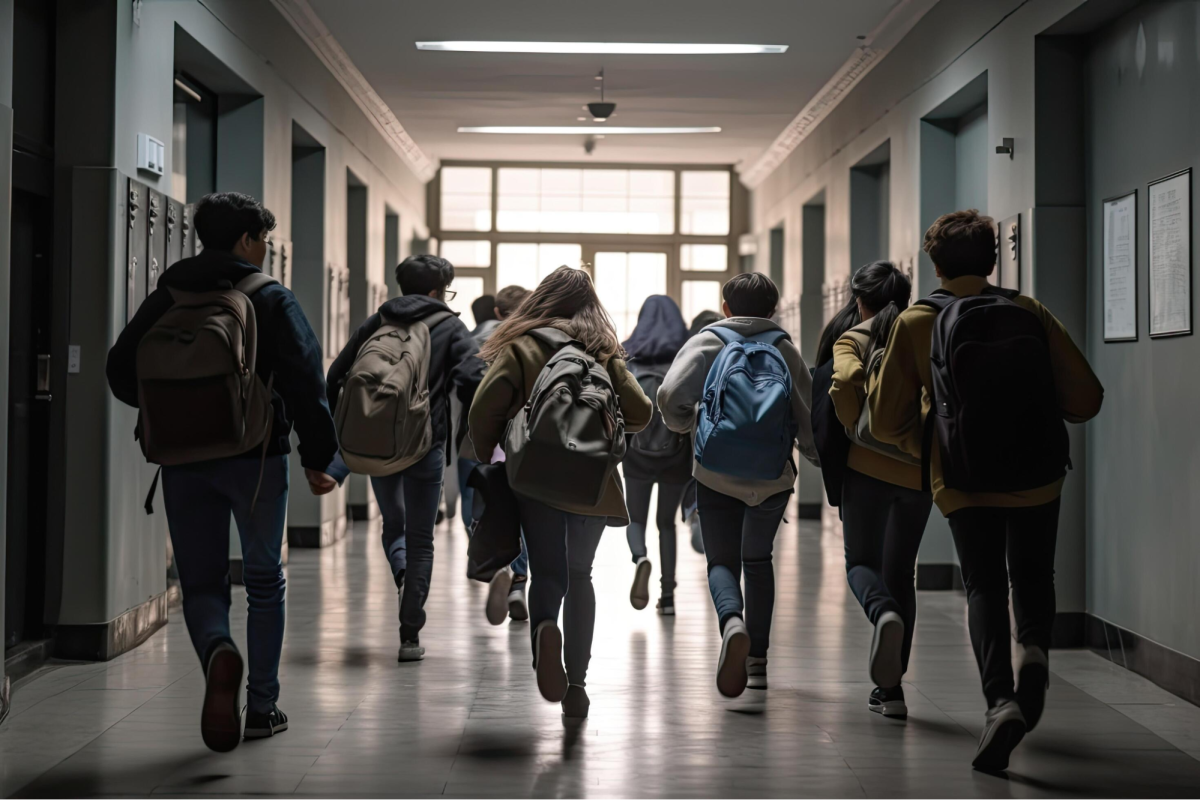The Thursday night matchup between the Miami Dolphins and the Buffalo Bills was marred by a frightening incident involving Dolphins quarterback Tua Tagovailoa. After a hard tackle in the second quarter, Tagovailoa stumbled to his feet, visibly unsteady, before collapsing back to the ground. The disturbing scene immediately sparked concern about a potential head injury, casting a shadow over the game and reigniting the conversation about player safety in the NFL.
This incident was particularly concerning because it came just four days after Tagovailoa exhibited similar instability after a hit during the Dolphins’ Week 3 game. Although he was initially cleared to return to that game, the incident raised eyebrows and prompted an investigation by the NFL Players Association into the Dolphins’ concussion protocol.
“It is getting bad now for him and it’s getting to a point to where if he has one more injury or concussion, he’s going to have to be forced by medics to retire at such a young age.” Brooklyn Cannon, a sophomore.
While the NFL’s concussion protocol is designed to protect players from further injury, the back-to-back incidents involving Tagovailoa raise serious questions about its effectiveness. Was the initial assessment of Tagovailoa’s condition in Week 3 thorough enough? Was it appropriate for him to return to the game at all? These questions are now at the forefront of the discussion surrounding player safety.
The NFL and the NFLPA have stated that a joint review of the Week 3 incident is ongoing. The findings of this investigation, as well as the evaluation of Tagovailoa’s current condition, will be crucial in determining the next steps.
“His career is literally over. He’s only 26 and he’s already got 4 concussions. It’s not looking good for him at all. If he gets one more concussion or injury soon, he is going to have to retire.” Cole Fisher, junior.
This situation highlights the delicate balance between player safety and the competitive nature of the sport. While the NFL has made strides in recent years to address concussions and their long-term effects, the Tagovailoa situation underscores the need for continued vigilance and potential adjustments to the existing protocols.
The focus now shifts to Tagovailoa’s recovery and the hope for a complete return to health. This incident serves as a stark reminder of the potential risks inherent in football and the paramount importance of prioritizing player well-being above all else.
The Miami Dolphins need to find a way to protect their star QB because if they don’t, he’s going to have to be forced by the medical team to retire from the NFL.


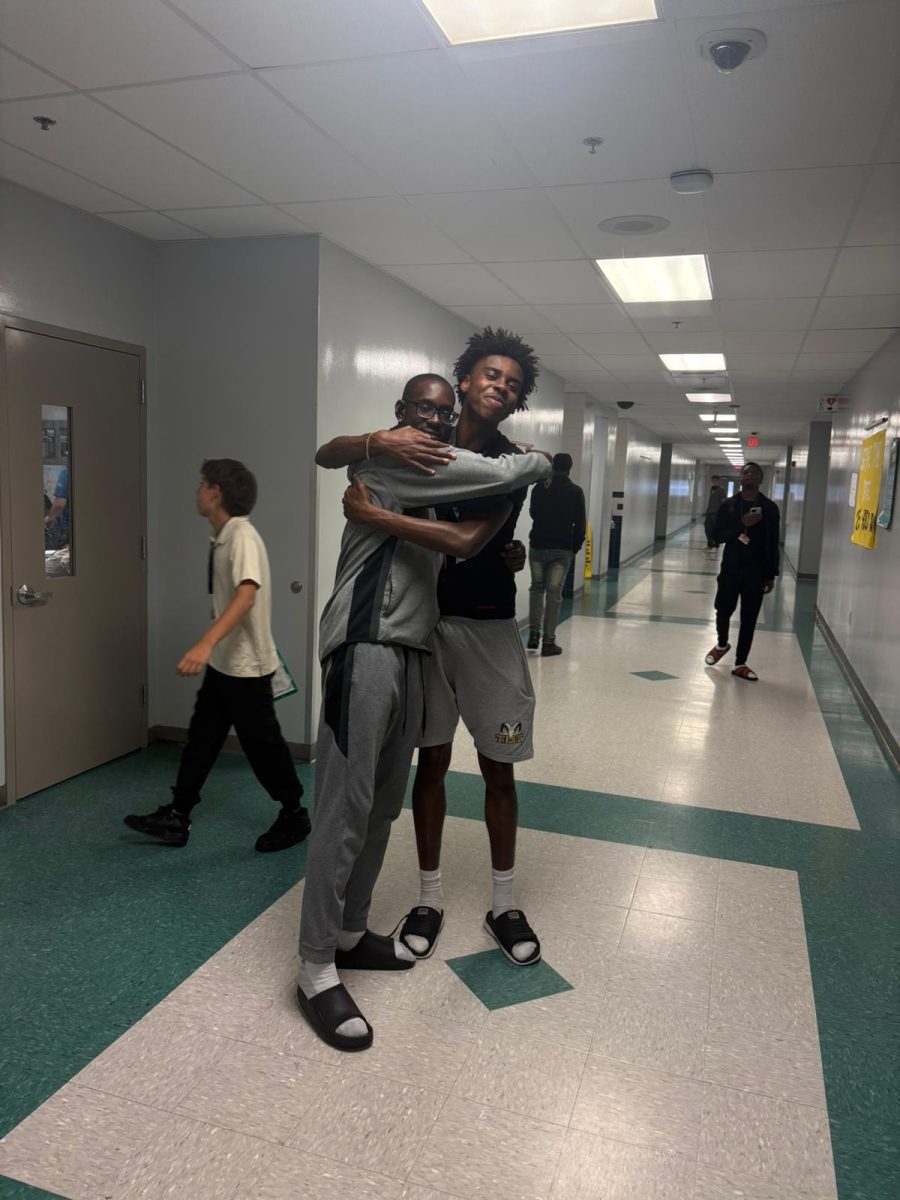


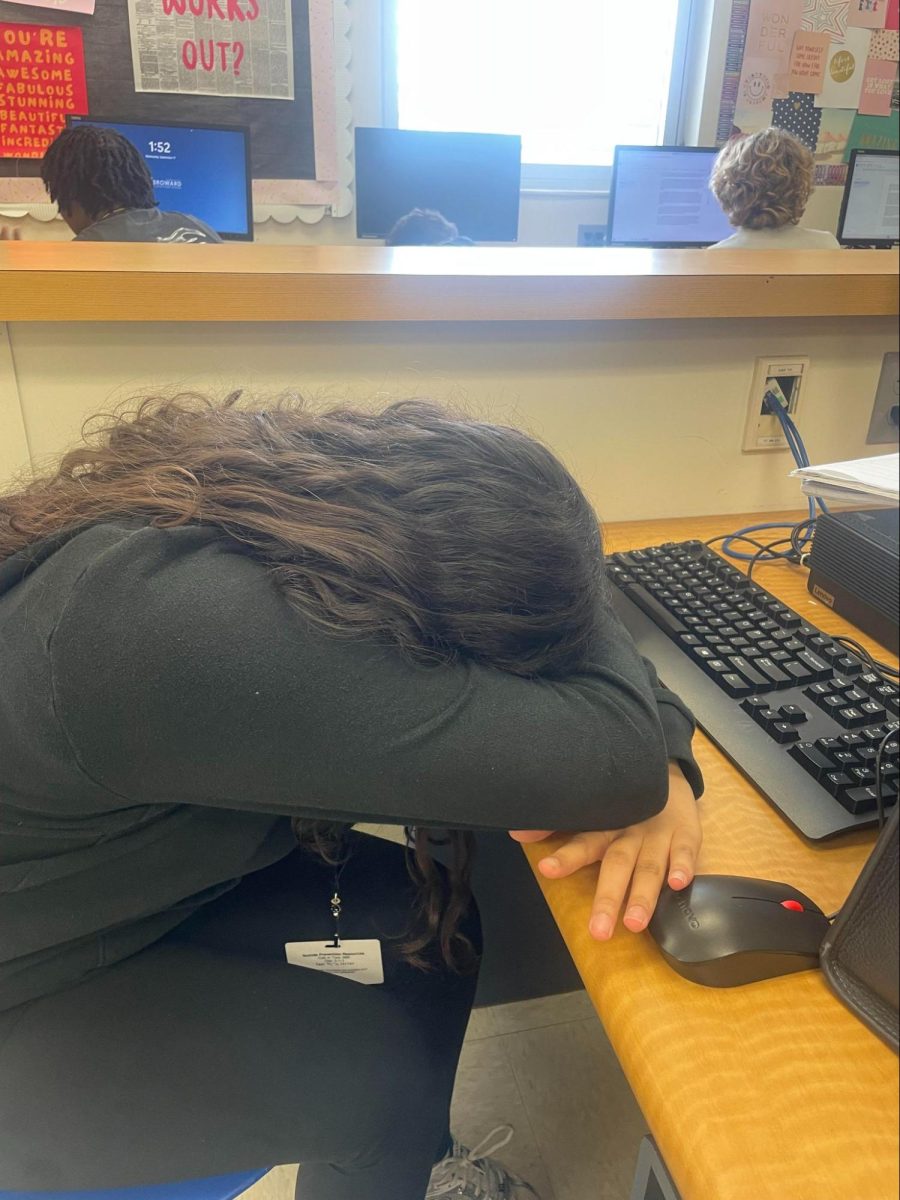


![[Photograph of an Italian sandwich] Photo Creds: https://www.thepioneerwoman.com/food-cooking/recipes/a42398453/italian-sandwich-recipe/](https://cghstheprowl.com/wp-content/uploads/2025/10/image1.png)







